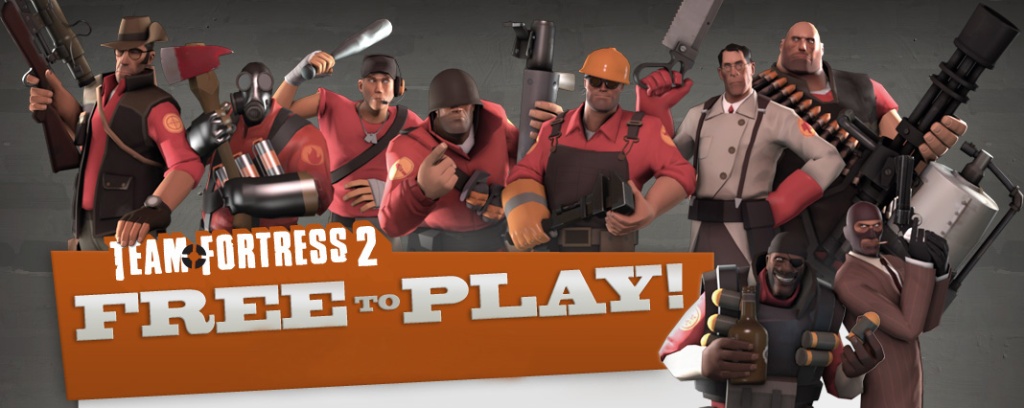
The Game (Context)
The Granddaddy of of the platformer action genre, the Super Mario Bros. game takes the player character (Mario) through a number of levels to rescue Peach from Bowser, with a number of different obstacles and platforms that they must get through or else at the expense of their limited number of lives.
With the number of different enemy types, number of platforming sections, and even boss fights at certain intervals, there is little doubt on how far the Super Mario series have come from its origin in 1985 as an action platformer. It overall encompasses, mostly, three types of genre in total: Action, Platformer, and Adventure.
The Good
While a review of this game is quite late at this point in time, there is still reason why the nostalgia exists for replays. Having decent mechanics on movement and jumping, it allows the player to avoid pitfalls and enemies, as well as the ability of additional lives at a certain coin limit + an eventual powerup (the original fire flower) if one avoids getting hit. Also the addition of a time limit ensures a sense of tension once time becomes short. It also sets the pattern of certain number of levels (each uniquely
The Premise
As mentioned before, this game encompasses 3 types of genre: Action, Adventure, and Platformer. The player just has to get from the beginning of the stage to the end without losing all their lives, all the while collecting coins and powerup(s) for progression and points. Eventually, there is a boss at the end of each series of levels that lead up to the final boss Bowser. Otherwise, that’s all there needs to be known, since this game is ancient but revered as a major starting point of game history.

Issues?
Well, there is a reason why speed running the game involves some outside thinking. More specifically certain areas where speed runners can take advantage of the low-end coding that the game was set on that does have weaknesses to exploit. But that is very low-hanging fruit in regards to “issues”. Besides being a speed run advantage, there is the occasional “getting stuck” aspect that involves said exploits. Otherwise, there is really nothing else to complain about. Also the introduction of water levels are argumentative at most, though they do work in-game.
Strategy?
This game has been out since 1985, and whatever enhancements or executions needed can be found in its future sequels in its long-running series that Nintendo is well known for.
What made this game successful?
Besides being a very responsive action platformer, this game is very fun and repayable, challenging the player to do better each and every time, whether by time or score-based situations. Having those two factors alone at the time where video games are still under the radar, Super Mario Bros. helped open the door further to for new ideas and games.
Moreover, have fun and thanks.




